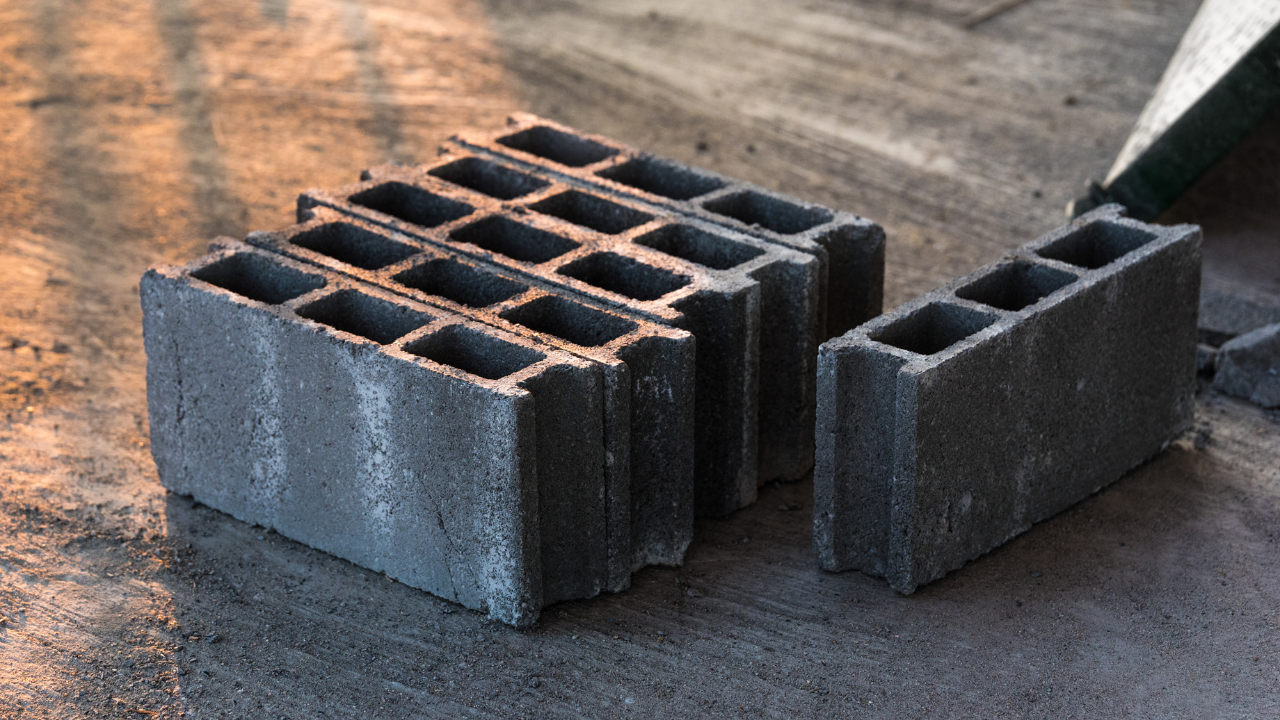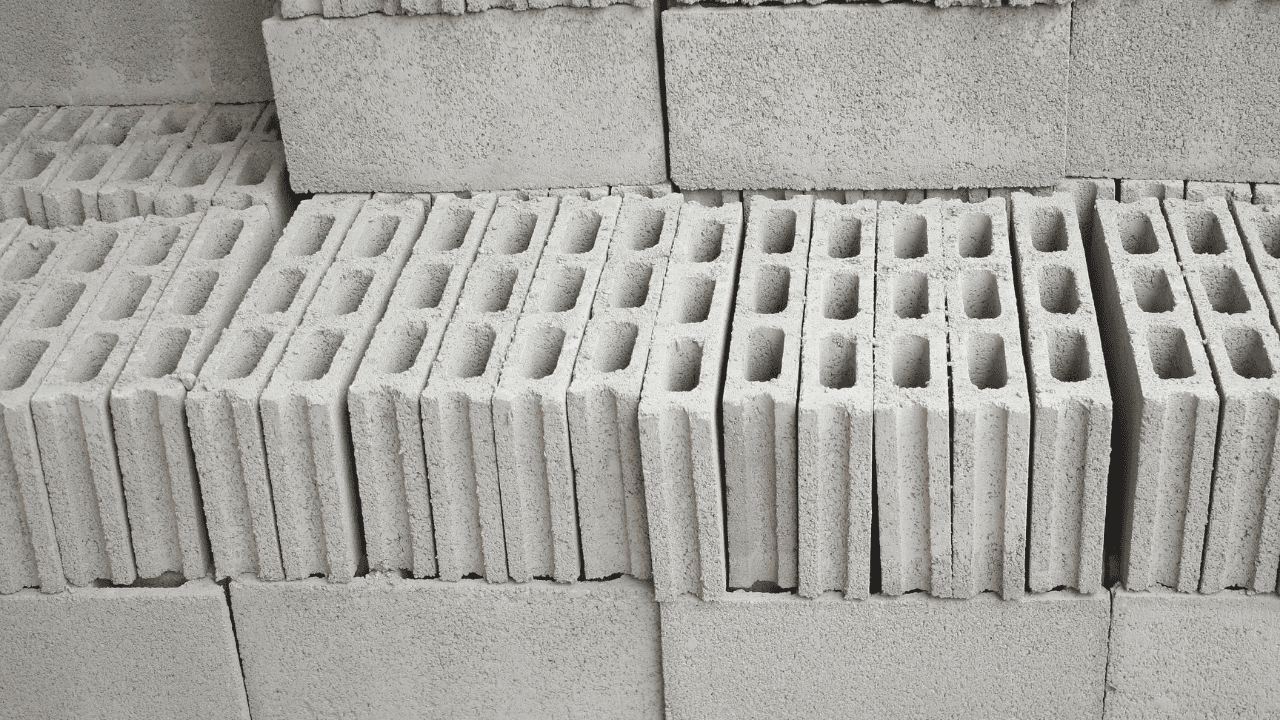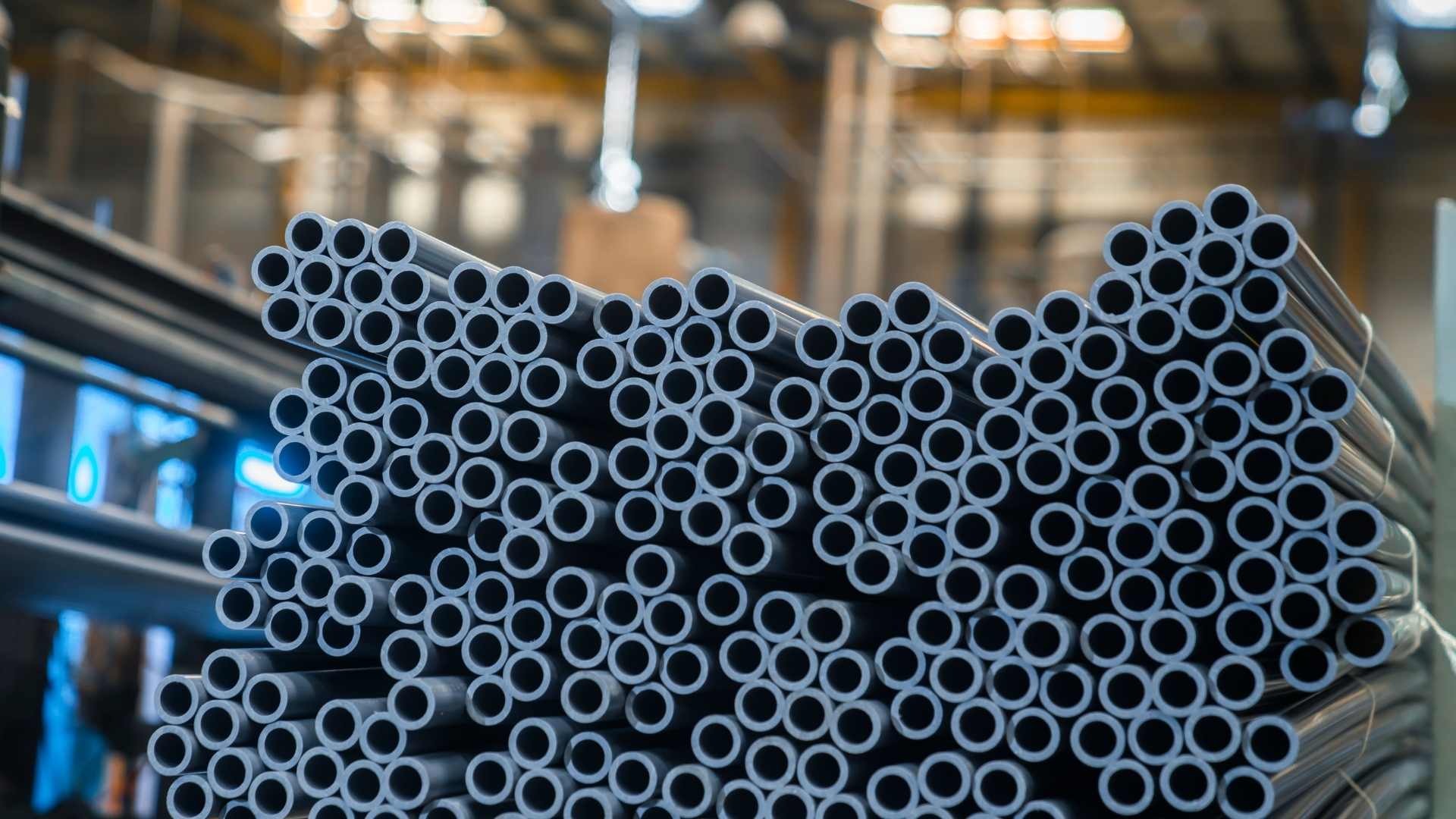Why CHB (Concrete Hollow Blocks) Are the MVPs of Construction Projects
🧱 Why CHB (Concrete Hollow Blocks) Are the MVPs of Construction Projects 🏗️

When people talk about building a house or a commercial space, the first things that usually come to mind are roofs, paint colors, or floor tiles. But you know what really holds everything together — literally? Yup, you guessed it: CHB or Concrete Hollow Blocks.
These humble grey blocks may not look glamorous, but they play a super important role from the ground up. So if you’re planning to build, renovate, or even just curious about how structures are made solid and safe — read on!
🧱 What Exactly is CHB?

CHB stands for Concrete Hollow Blocks, a common construction material made from cement, water, sand, and gravel. They're formed into rectangular blocks with hollow centers — which, surprisingly, is a good thing! Those hollow portions make them lighter and give room for reinforcements like rebars (steel rods), which increases structural strength.
🚧 Why CHB is a Big Deal in Construction
Here’s why CHB is more than just a block — it’s the backbone of many buildings:
1. Strong but Lightweight
Thanks to their hollow design, CHBs are lighter than solid bricks, making them easier to transport and install. But don’t underestimate them — they are strong enough to withstand high pressure when properly installed with mortar and reinforcement.
2. Cost-Efficient
One of the most budget-friendly choices in construction. Using CHBs helps reduce overall material costs while still delivering durability and longevity.
3. Insulation & Soundproofing
Believe it or not, those hollow spaces also act as insulation. They help regulate indoor temperature and minimize outside noise — perfect for homes or offices near busy streets.
4. Fire-Resistant
CHBs are non-combustible, meaning they don’t catch fire easily. That’s a big safety advantage, especially in residential areas.
5. Easy to Use
Builders and masons love CHBs because they’re easy to stack, align, and plaster. This speeds up the wall-building process and gets your project moving faster.
🏠 From Start to Finish: CHB’s Role in Construction

Here’s a simplified breakdown of how CHB fits in every phase:
- Foundation Prep: After the base is laid, CHBs are among the first things used to form walls and structural partitions.
- Wall Building: Walls are assembled CHB by CHB, often with horizontal and vertical reinforcements for extra strength.
- Electrical & Plumbing: Because CHBs are easy to chip or carve, it's easier for workers to install pipes, switches, and outlets.
- Finishing Touches: Once the walls are up, they’re plastered smooth and ready for painting or tile installation.
💡 Pro Tip for Homeowners & Contractors
Not all CHBs are made the same! Choose high-quality blocks that are properly cured and have minimal cracks. Weak CHBs can compromise the strength of your structure. It’s always better to spend a little more on quality than to risk costly repairs later.
✅ Final Thoughts
CHBs may not be the most exciting part of a house — no one brags about their hollow blocks on Instagram — but they’re definitely one of the most essential. Strong walls = safe homes.
So the next time you pass by a construction site and see stacks of gray blocks lying around, give them a little respect — they’re silently building someone’s dream home, one block at a time. 🏡💪
Want more tips on construction essentials? Follow us for more builder-friendly insights and real-talk guides!
Note: All images shown are from "Canva Premium".
For inquiries just give us a ring!
Email: inquiry@buildeee.com
Phone: 0992-347-4372
Looking for apartments, condos, and houses? Contact us now!
https://property.buildeee.com/
Interested in applying for a Loan? Visit us via:
Let's get connected!
Facebook: www.facebook.com/buildeee
Instagram: www.instagram.com/buildeee
YouTube: www.youtube.com/@BuildeeeTV
LinkedIn: www.linkedin.com/buildeee
- #construction
- #cement'
- #hollow block
- #chb
- #process





